We are a data center company. We have our own cloud, and we need to protect this cloud from DDoS attacks. That is why we have subscribed to Cloud DDoS as well as on-premise DDoS from Radware.
The solution is very good at blocking threats in real time.
We are using the management system. Through this management system, we can route the traffic to the scrubbing center. Because the scrubbing center is in India, latency is extremely low, and mitigation is very fast. This is the best part. The management system is initially very difficult because you do not know where to see and what to see. It took us around 5 months to become familiar with the management system. After that, things became crystal clear. The initial five months were difficult.
We get real-time alerts and real-time dashboards for all the issues and threats that keep coming. We can protect ourselves from attacks. Because they are visible on the dashboard, we can mitigate them.
We can mitigate attacks in a few seconds.
We have the SLA for attack detection. We have the SLA for attack mitigation. We proactively get alerts on volumetric attacks. We also have SSL-based attack protection. We have service availability SLA. We are able to provide standalone DDoS services as well as the DDoS solution in statefulness. These are a few of the things. In addition, we have on-demand volumetric mitigation. We always have volumetric mitigation. We have an attack model that is limited to the attack capacity, and we also have another model for unlimited DDoS attack capacity. These are all the basic differentiators and advantages that we are getting by default with this solution.
The false positives were quite high, but we have seen an almost 30% reduction in false positives in the last six months.
If we are under attack, initially, there is a slight impact in terms of user experience, but as the mitigation starts happening, this impact goes away. The user experience improves immediately after the attack is mitigated. So, when an attack happens, the legit users will experience a slight impact, but as soon as mitigation starts happening, this impact is reduced. In a way, the users do not get much impacted because the mitigation is very fast. With other solutions, mitigation is slow, whereas with the Radware DDoS solution, mitigation is very fast, so the impact time is much less.
We have got the highest level of service. We have the ERT premium services. The response time has not at all been an issue for us. We get a very good response.
It takes less than 10 seconds to detect an incident. The average time to mitigate an incident is from 3 seconds to 15 seconds.
Radware's scrubbing center is within India, so their SLAs are very good. Mitigation happens very fast. We do not have the scrubbing centers of other service providers in India, so mitigation happens outside. That is why there is a delay in the mitigation of DDoS attacks with other service providers. In the case of Radware, the scrubbing center is in India. That is the best part.
The most important part is that Radware DDoS integrates seamlessly and provides anomaly identification, real-time notifications, and security against DDoS attacks. It also helps us with multi-layer volumetric attacks. It shields us from global botnet threats.
We are getting proactive notifications on threats and mitigation. We are getting real-time security updates. We get very comprehensive reporting and analytics and guaranteed performance and SLA. For us, this is very important because if we do not have a guaranteed SLA, the product has no meaning.
The best part is that Radware DDoS has a scrubbing center within India. Whenever a DDoS attack happens, it is able to route all its traffic through the scrubbing center. This helps in guaranteeing seamless and hassle-free protection against DDoS attacks.
Radware's management is very proactive, but Radware's lower-level staff is not proactive. You need to do a lot of follow-ups. This is one point that they need to improve. If they improve this, they will be world-class because everything else is so good.
We found the system stable. It is an Israeli company. Most of the time, their products are stable.
It is a cloud solution, so it is scalable. The mitigation capacity with Radware is extremely high, so we do not have to worry about that at all.
When there is a problem and you contact their lower-level staff, they take their own sweet time to act. However, if you call their management, the resolution is very fast. Their management is very proactive and alert. In India, we have a relationship with the highest management of Radware, so things happen very fast for us, but this should not be the case. We should not be contacting their management for every issue. We should be only contacting the lower level staff. It is not a scalable model. I would rate their support an 8 out of 10.
I have used F5, and I have used Akamai. I have also used Arbor. These are the three solutions I have used in my career but not in my current company.
Radware is better. The reason we have gone with it is that we have an excellent product, an excellent management team, and an excellent SLA.
It is a cloud solution, but I also have an on-premise solution, so I have a hybrid solution.
Its deployment was not difficult. If you plan it properly, it is not difficult. It is very easy.
It does not require any maintenance from our side. Sometimes, some patches come in. They deploy those patches. We do not have to do anything.
We had a service provider of Radware called RAH Infotech. They have been there with us.
We had a 2 member team that was responsible along with the partner.
Its pricing is competitive. The licensing model is also very competitive. It is customizable, so there is no issue at all. They have given us whatever we have asked in terms of the pricing model and SLA.
I would rate it a 7 out of 10 for pricing. It is neither very high nor low. It is what is required.
We evaluated other services. Radware management was very approachable. That was one positive point. They helped us with the best solution with the best SLA.
If you are looking for a stable solution, then Radware is an obvious choice.
Overall, I would rate this solution a 9 out of 10.

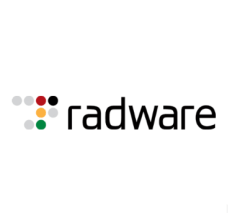




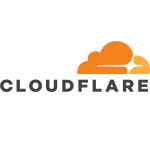

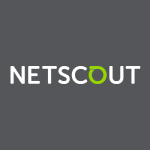




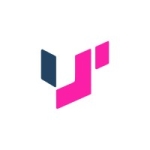


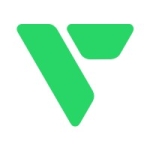
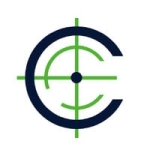
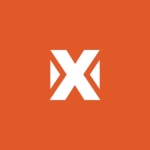

Hi, As for the note regarding mitigation of L7 attacks, Read this doc that covers the L 3- 7 protection.